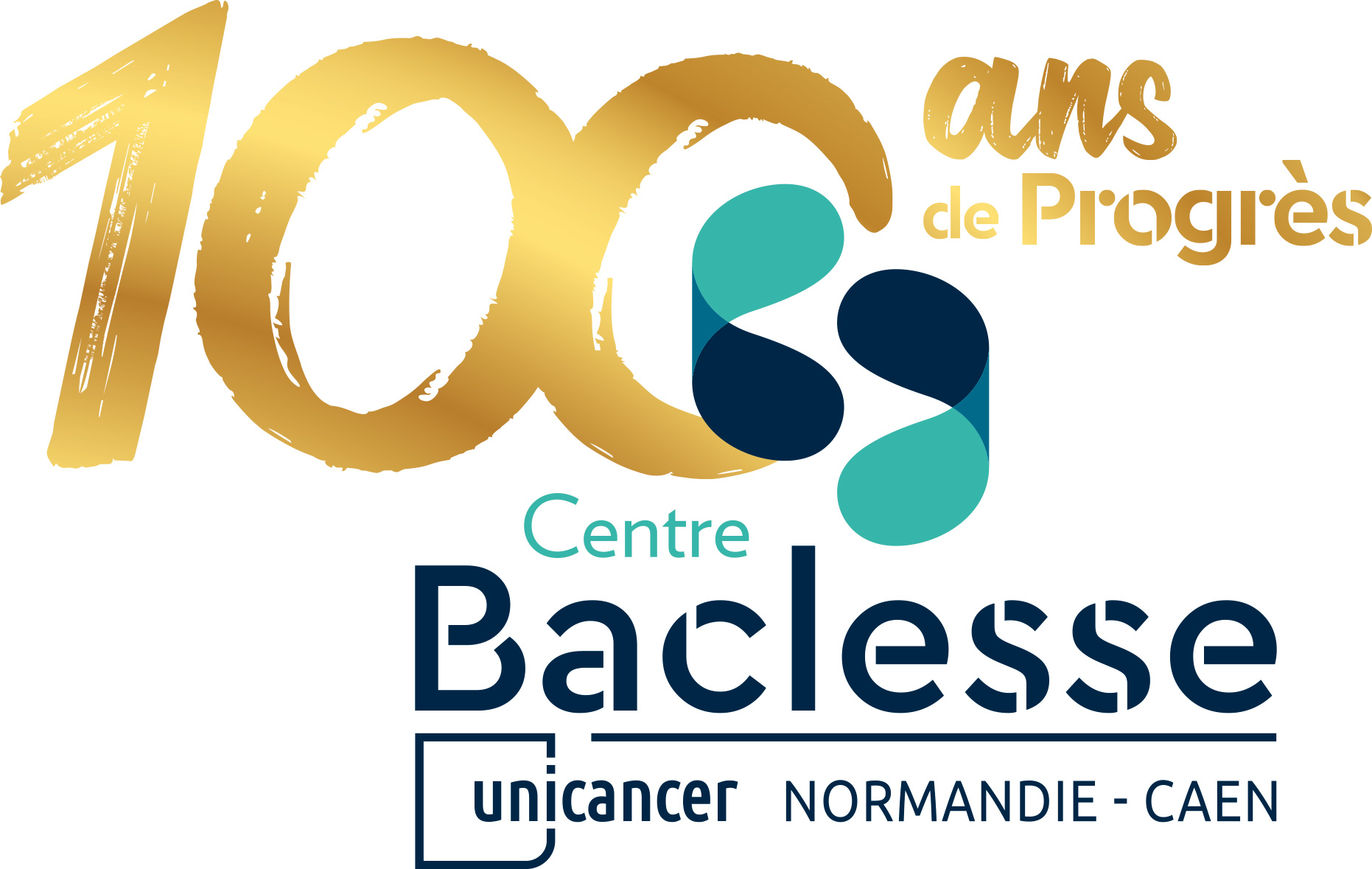Contact
- Head researcher: Dr Dominique Vaur
- Laboratory executive: Fabrice Guichard
- Secretaries: +33(0)2 31 45 50 54
The team
The team at the Biology and Cancer Genetics Laboratory (LBGC) conducts research projects in the field of cancer genetics, within the framework of the INSERM U1245 (oncogenetics) research unit. The laboratory houses a SéSAME high-throughput sequencing platform and relies on a team of bioinformatics specialists, enabling specific developments in the field.
- Head researcher: Dr Dominique Vaur
- Laboratory executive: Fabrice Guichard
- Expert in genetics: Dr Nicolas Goardon
- Biologists: Dr Flavie Boulouard, Dr Laurent Castera, Dr Sophie Krieger, Dr Raphaël Leman, Dr Agathe Ricou
- Study engineers: Alexandre Atkinson, Thibault Lavole, I. Chentilli
Research activities
The biology and cancer genetics laboratory is part of the ‘genetic predisposition to cancer’ team, in turn part of the INSERM U1245 ‘Genomic and Personalised Medicine in Cancer and Neurological disorders’ unit (https://hal-normandie-univ.archives-ouvertes.fr/GPMCND and https://irib.univ-rouen.fr/index.php?info=entites&id=69 ). As such, it conducts research projects in the field of hereditary cancer genetics.
The projects developed by the team within the framework of the INSERM U1245 unit focus essentially on research on ‘missing heritability’, i.e.:
- the exploration into the genetic determinism of breast cancer and ovarian cancer – study of the genetic and molecular heterogeneity of hereditary forms of breast and ovarian cancer
- study of the contribution of mutations that alter splicing on genes implicated in predisposition to breast and ovarian cancer
Technical resources
The laboratory houses the Lower Normandy high-throughput sequencing platform ‘SéSAME’ (sequencing for health, agronomy, the sea and the environment), which is equipped with:
- two Illumina high-throughput sequencers
- two ‘High-Throughput’ robots STAR (Hamilton)
- a Covaris E220 ultrasonicator
- a TapeStation
- a QIASymphony (Qiagen) nucleic acid extraction automaton
- a 3500 capillary sequencer (Thermo Fisher)
- a render farm devoted to bioinformatics storage servers (576 cores, 3,000 Gb of memory and 200 Tb of storage)
Results
Research in the field of hereditary cancers conducted within the laboratory have led to improved knowledge on the molecular mechanisms implicated in hereditary predisposition to breast and ovarian cancer. For example, this work has enabled bioinformatic tools to be developed to enhance the study of the impact of genetic variations on RNA splicing. Hence, we have classified a number of variations of unknown signification as being genuine pathogenic variations that can be used in genetic counselling.
The team plans to extend these studies to include other genes and other hitherto unexplored aspects of the genome, by relying on new techniques (long-read sequencing, functional tests, etc.) in order to discover new mechanisms to explain missing heritability.
Partners:
At regional level:
- CHU university hospital in Rouen
- IRIB Institute for Research and Innovation in Biomedecine Normandy Rouen
- UMR 1086: Interdisciplinary research unit for the prevention and treatment of cancer – ANTICIPE
